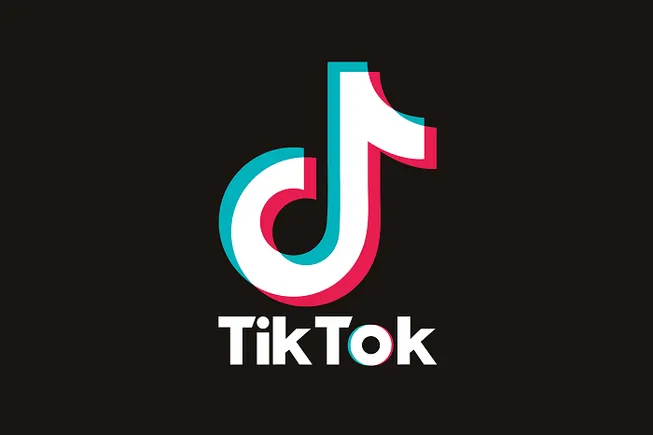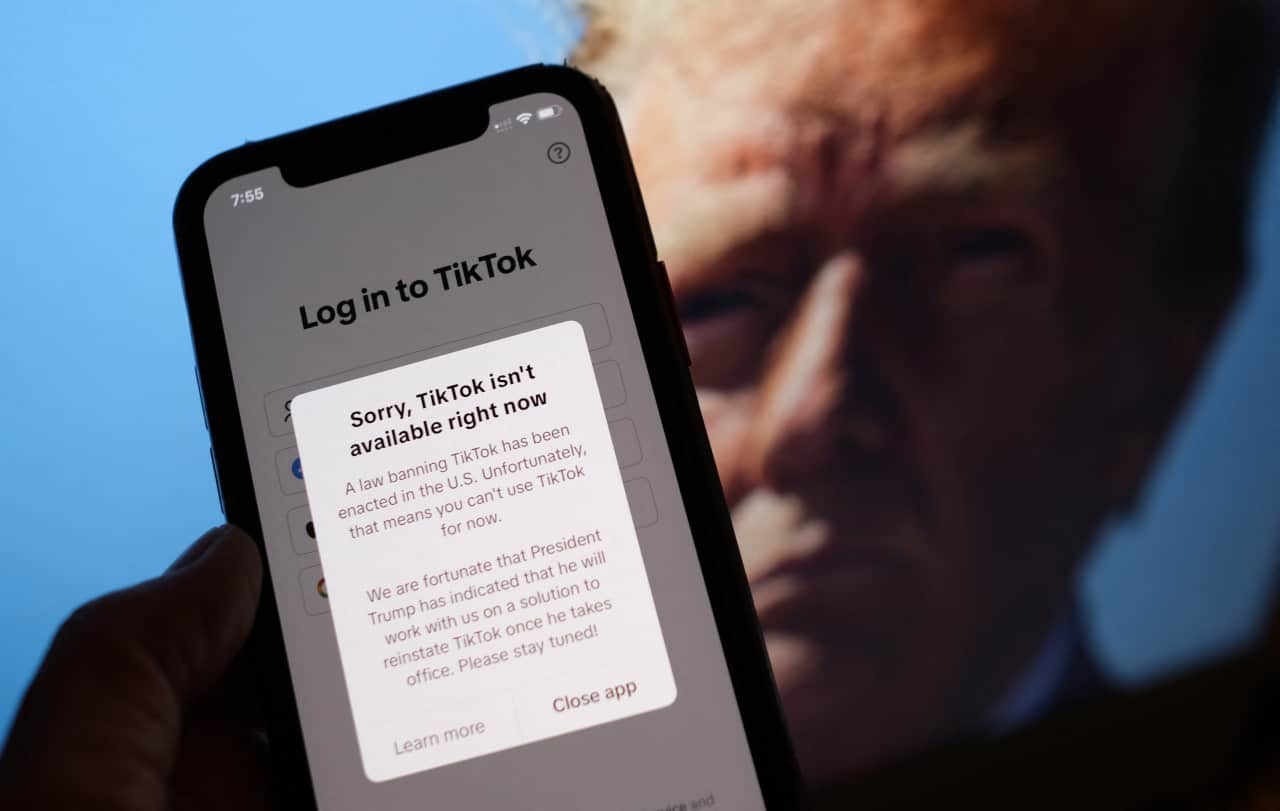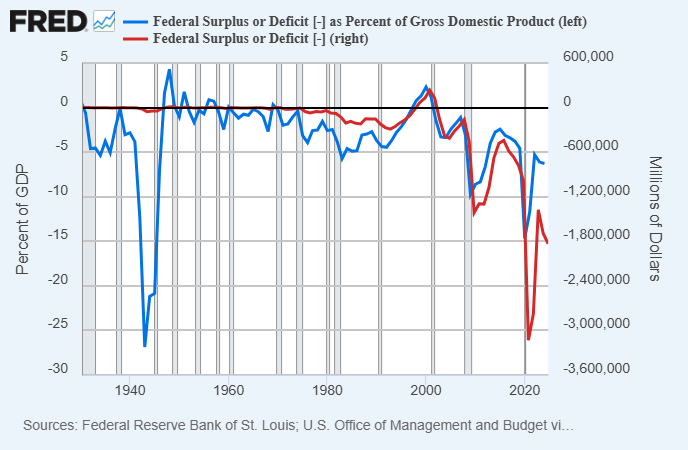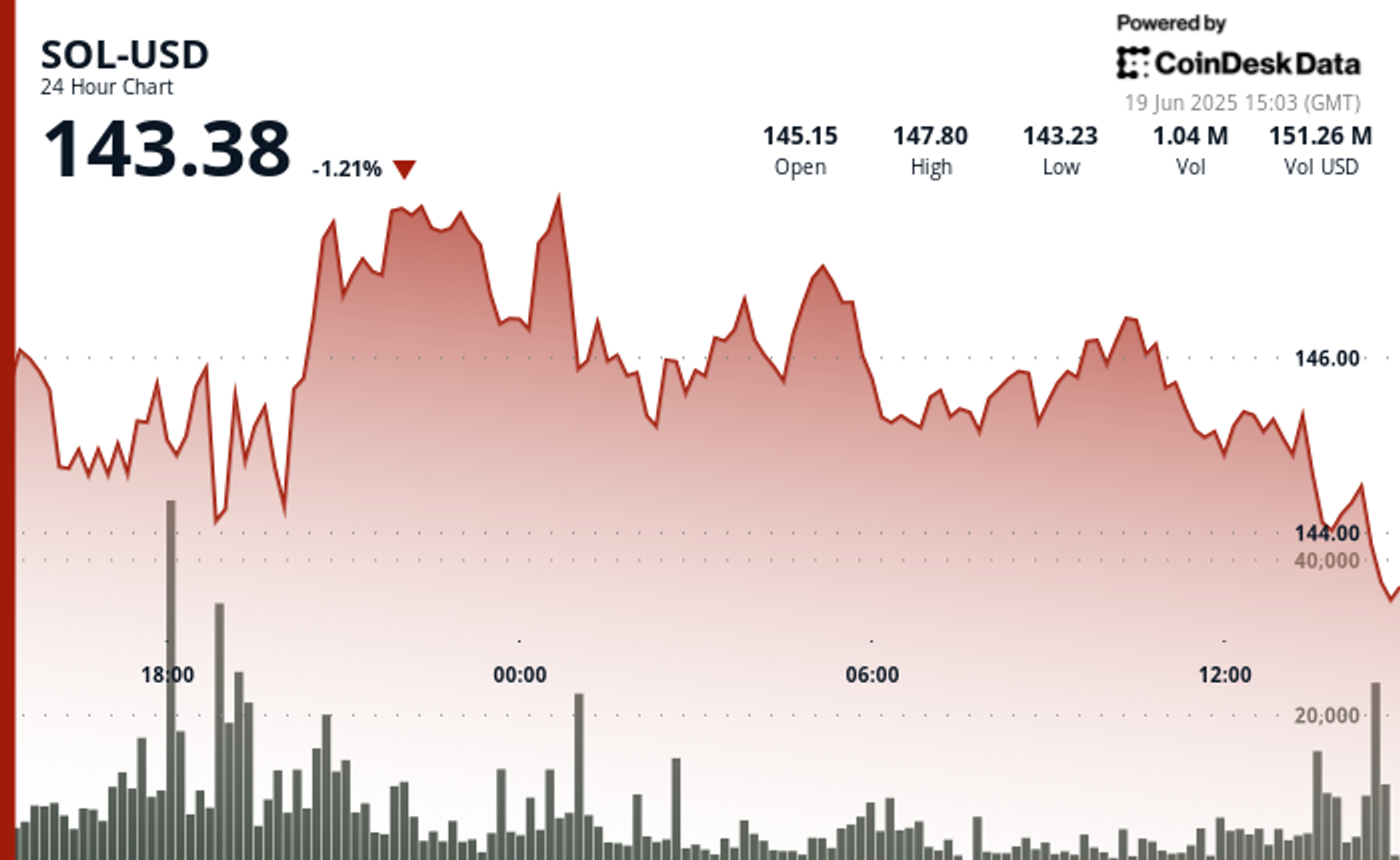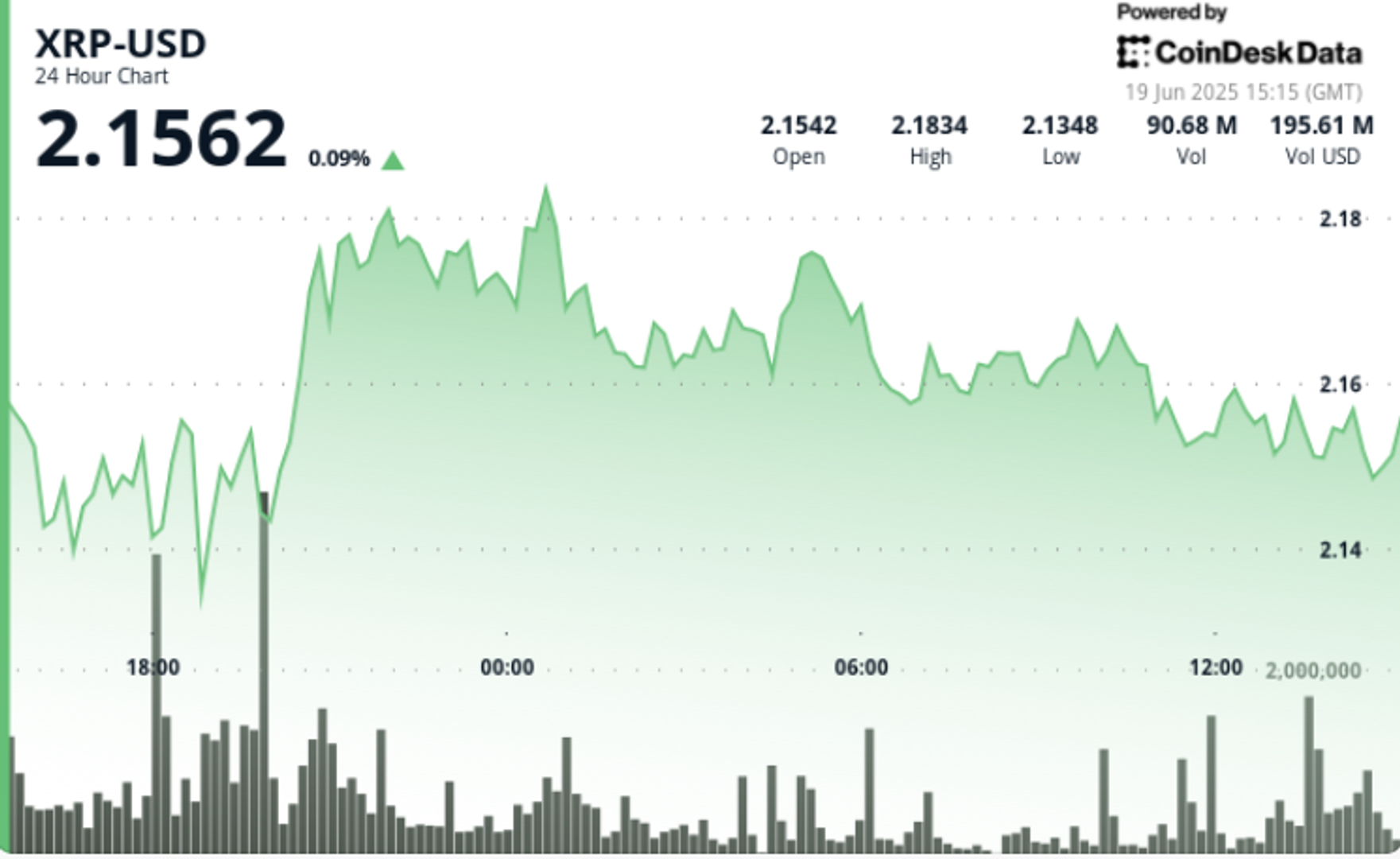The 16-Billion-Record Data Breach That No One's Ever Heard of
An anonymous reader quotes a report from Cybernews: Several collections of login credentials reveal one of the largest data breaches in history, totaling a humongous 16 billion exposed login credentials. The data most likely originates from various infostealers. Unnecessarily compiling sensitive information can be as damaging as actively trying to steal it. For example, the Cybernews research team discovered a plethora of supermassive datasets, housing billions upon billions of login credentials. From social media and corporate platforms to VPNs and developer portals, no stone was left unturned. Our team has been closely monitoring the web since the beginning of the year. So far, they've discovered 30 exposed datasets containing from tens of millions to over 3.5 billion records each. In total, the researchers uncovered an unimaginable 16 billion records. None of the exposed datasets were reported previously, bar one: in late May, Wired magazine reported a security researcher discovering a "mysterious database" with 184 million records. It barely scratches the top 20 of what the team discovered. Most worryingly, researchers claim new massive datasets emerge every few weeks, signaling how prevalent infostealer malware truly is. "This is not just a leak -- it's a blueprint for mass exploitation. With over 16 billion login records exposed, cybercriminals now have unprecedented access to personal credentials that can be used for account takeover, identity theft, and highly targeted phishing. What's especially concerning is the structure and recency of these datasets -- these aren't just old breaches being recycled. This is fresh, weaponizable intelligence at scale," researchers said. The only silver lining here is that all of the datasets were exposed only briefly: long enough for researchers to uncover them, but not long enough to find who was controlling vast amounts of data. Most of the datasets were temporarily accessible through unsecured Elasticsearch or object storage instances. Key details to be aware of: - The records include billions of login credentials, often structured as URL, login, and password. - The datasets include both old and recent breaches, many with cookies, tokens, and metadata, making them especially dangerous for organizations without multi-factor authentication or strong credential practices. - Exposed services span major platforms like Apple, Google, Facebook, Telegram, GitHub, and even government services. - The largest dataset alone includes 3.5 billion records, while one associated with the Russian Federation has over 455 million; many dataset names suggest links to malware or specific regions. - Ownership of the leaked data is unclear, but its potential for phishing, identity theft, and ransomware is severe -- especially since even a - Basic cyber hygiene -- such as regularly updating strong passwords and scanning for malware -- is currently the best line of defense for users. Read more of this story at Slashdot.

Read more of this story at Slashdot.
![The Largest Communities on Reddit [Infographic]](https://imgproxy.divecdn.com/vfTS-YsC_ZrqM6F4tAXJgV6qj3gCHSsf2dvHufDbrrQ/g:ce/rs:fit:770:435/Z3M6Ly9kaXZlc2l0ZS1zdG9yYWdlL2RpdmVpbWFnZS9sYXJnZXN0X3JlZGRpdF9jb21tdW5pdGllczIucG5n.webp)



